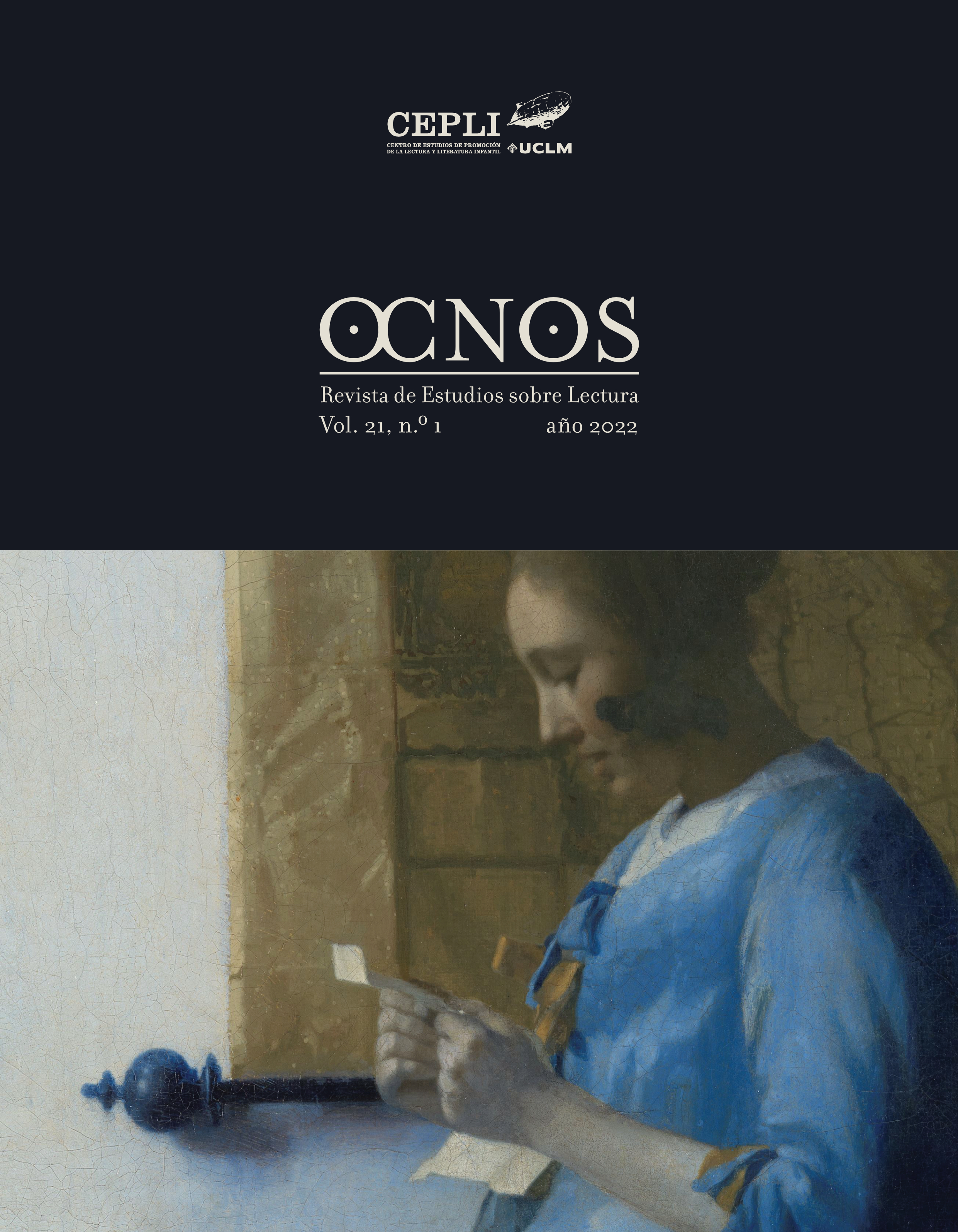Development areas for intervention in dyslexia A virtual reality proposal
Main Article Content
Abstract
The research presented is part of the European Erasmus + FORDYSVAR project, whose main objective is to contribute to the educational inclusion of students with dyslexia, between the ages of 10 and 16, through the use of technology, specifically Virtual Reality (VR) to improve access, participation, and learning achievement for students with this literacy disorder. It is a qualitative and interpretive research with a descriptive nature. To determine which are the developmental areas for intervention through VR, semi-structural interviews were conducted with stakeholders (experts in dyslexia, families and children with dyslexia). The results obtained, derived from the content analysis of the interviews carried out and submitted to review by experts, make it possible to determine seven development areas to take into account in the design of the activities included in the Virtual Reality software developed in the FORDYSVAR project. The work carried out can contribute to the advancement in the inclusion, treatment and rehabilitation of people with dyslexia through technology and specifically through VR, enabling an immersive and attractive environment to develop the visuospatial skills of students with dyslexia.
Article Details

This work is licensed under a Creative Commons Attribution-NonCommercial-NoDerivatives 4.0 International License.
The articles published at Ocnos will have a Creative Common Licence Creative Commons Attribution-Noncommercial-No Derivative Works 3.0 Unported





